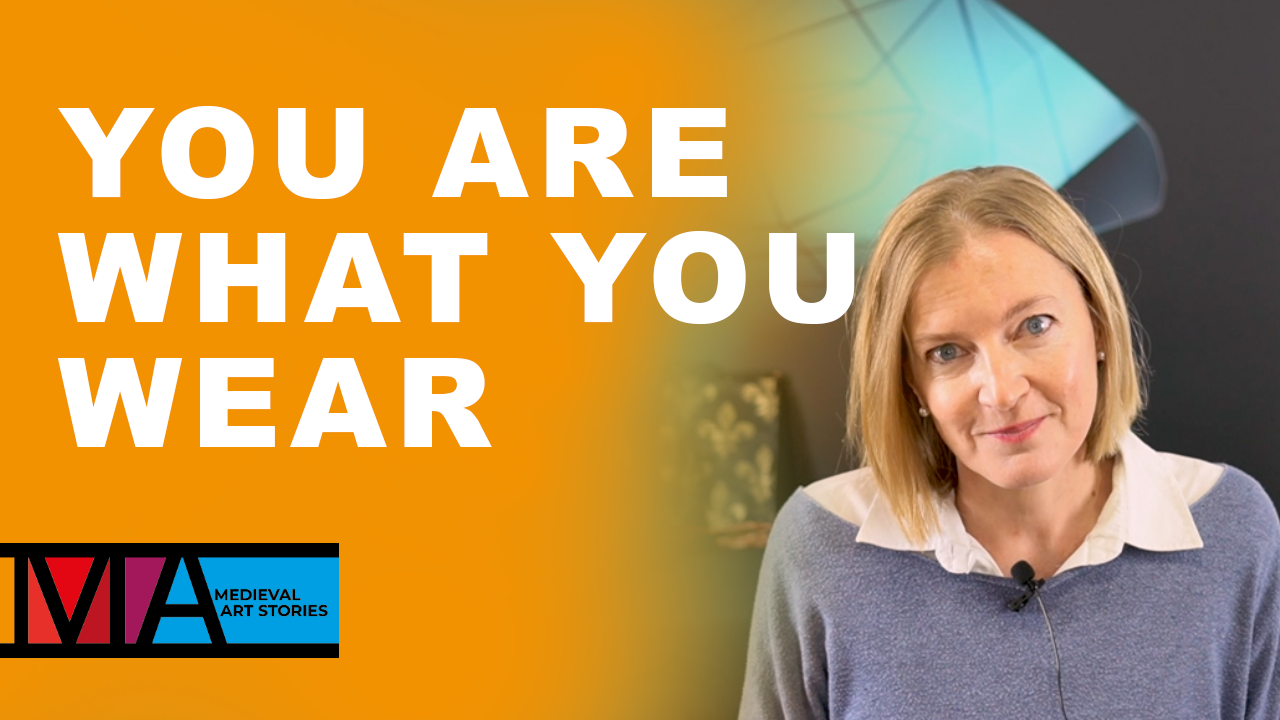

0:00 Intro
0:21 Being subject to the dictates of fashion: meaning today and in the past
1:18 Dress code and economic aspects
2:16 Changes in fashion at court: tunics and robes
3:17 The height of eccentricity
3:34 Colours of clothing and their meaning
4:35 Headwear and its meaning according to status
7:09 Footwear according to gender and social classes
8:09 Outro

